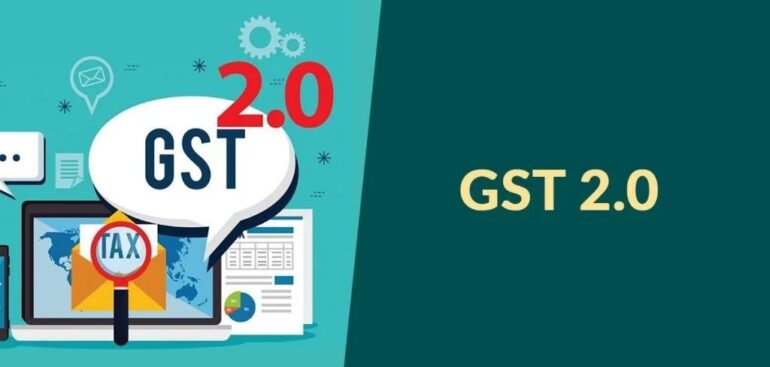With the surge in litigation surrounding the incorrect availment of Input Tax Credit (ITC) under the Goods and Services Tax (GST) regime, it’s imperative for GST registered buyers to adhere to certain guidelines. This article outlines essential pointers that buyers must keep in mind while availing ITC to ensure compliance and mitigate the risk of disputes and penalties.
Possession of a tax invoice or debit note:
Buyer must have possession of tax invoice and debit note. Further please note that tax invoice or debit note should have the valid field as specified in Rule 46 and Rule 53 of i. e Name, GST No, Place of supply, HSN, GST rate, invoice no not exceeding 16 digit and many more. ITC of IGST paid on import of goods cab be claimed as ITC basis Bill of entry.
ITC should be available in GSTR 2B:
Details has been furnished by supplier in GSTR 1 and same should be available in GSTR 2B of buyer.
Received of good and services:
Buyer must have received the good and services. If the goods are received in instalments, ITC can be availed when last lots or instalment is received.
Payment of tax by supplier:
Tax has been actually paid by supplier and GSTR 3B has also been furnished by supplier.
Input tax credit should not be restricted u/s 38:
ITC should not available basis various scenario as specified in section 38 of CGST Act i.e. continuous default in payment of tax by supplier, tax shown by supplier in GSTR 1 is more that tax paid in GSTR 3B etc. supplier has availed the excess ITC etc.
Payment to supplier within 180 days:
Payment to supplier should be made within180 days from the date of invoice. If payment is not made within 180 days, ITC shouldbe reversed along with interest. However, ITC can be re-availed once the payment tosupplier is made. Further, please note that there is no-time limit for re-availment of ITConce payment is made to supplier.
Due date for Availment of ITC:
Time limit to avail the ITC against invoice or debit note should be earlier of 30
November of next financial year or due date of filing the Annual return for that financial year. No ITC can be claimed beyond aforesaid dates.
Depreciation on GST portion:
No ITC will be allowed if depreciation is claimed on GST component of capital good purchased.
Blocked credit:
There are certain items that are not eligible for availment the ITC u/s17(5) of CGST Act i.e. staff welfare expenses, rent a cab services, health insurance ofemployee, membership of health & fitness center, tax has been paid under composition scheme etc.




